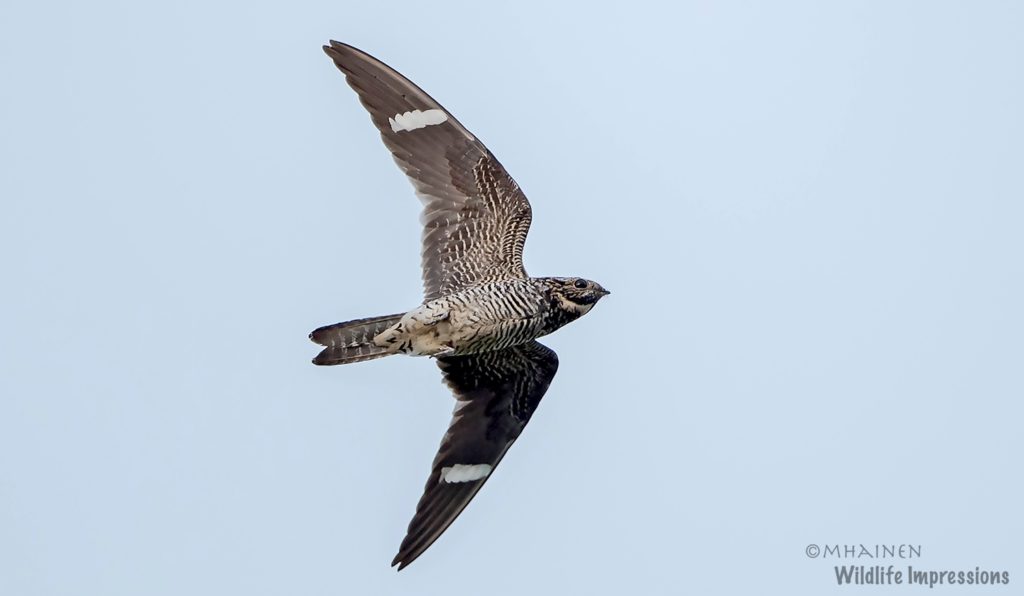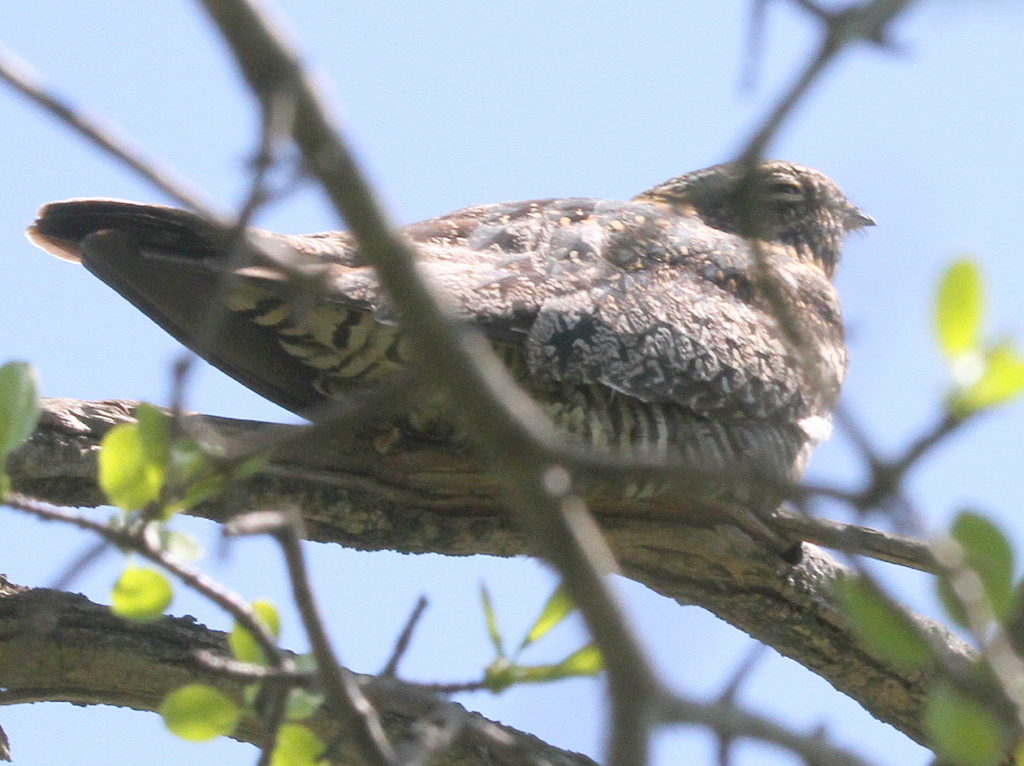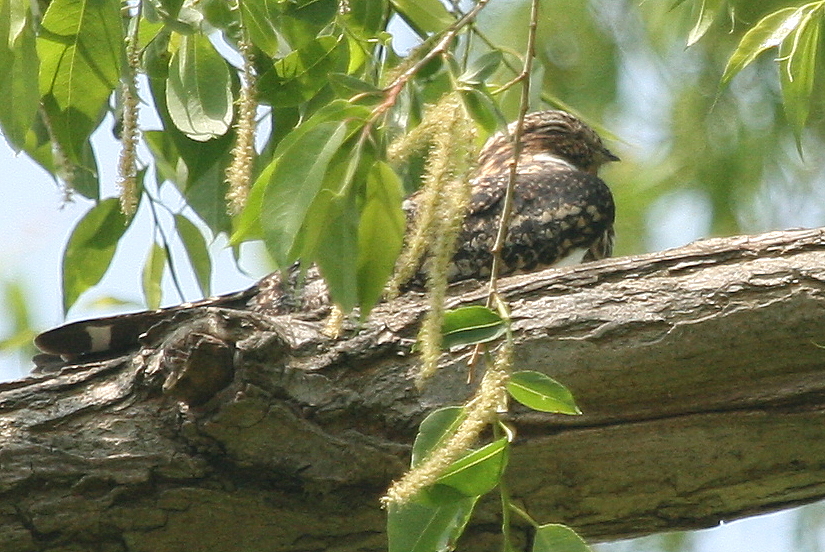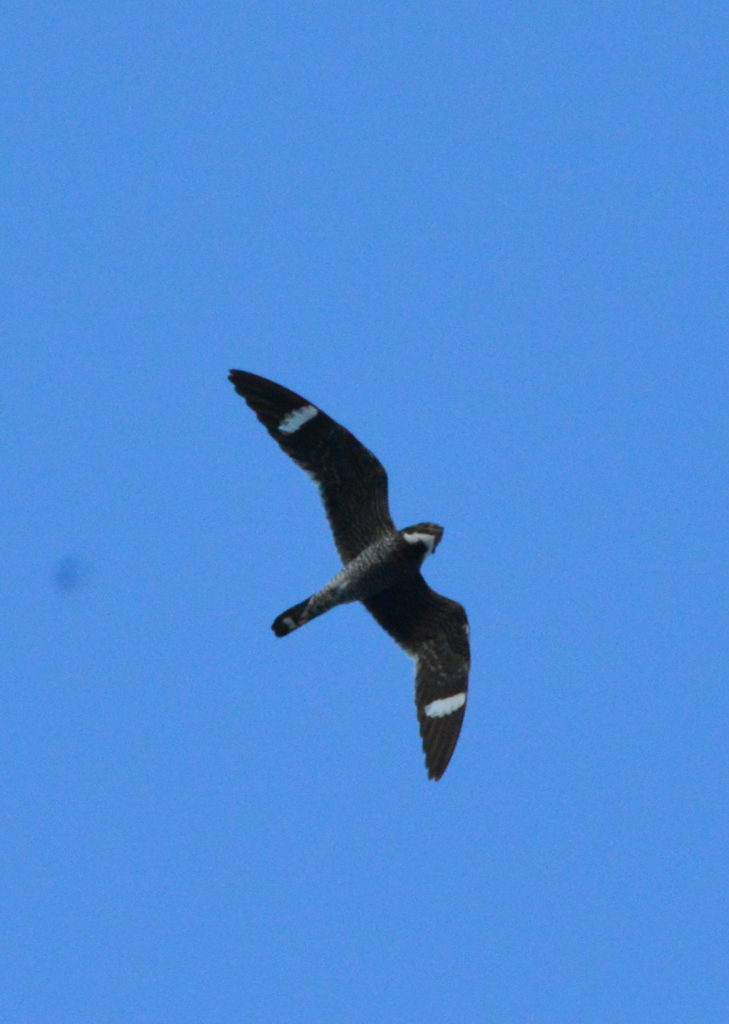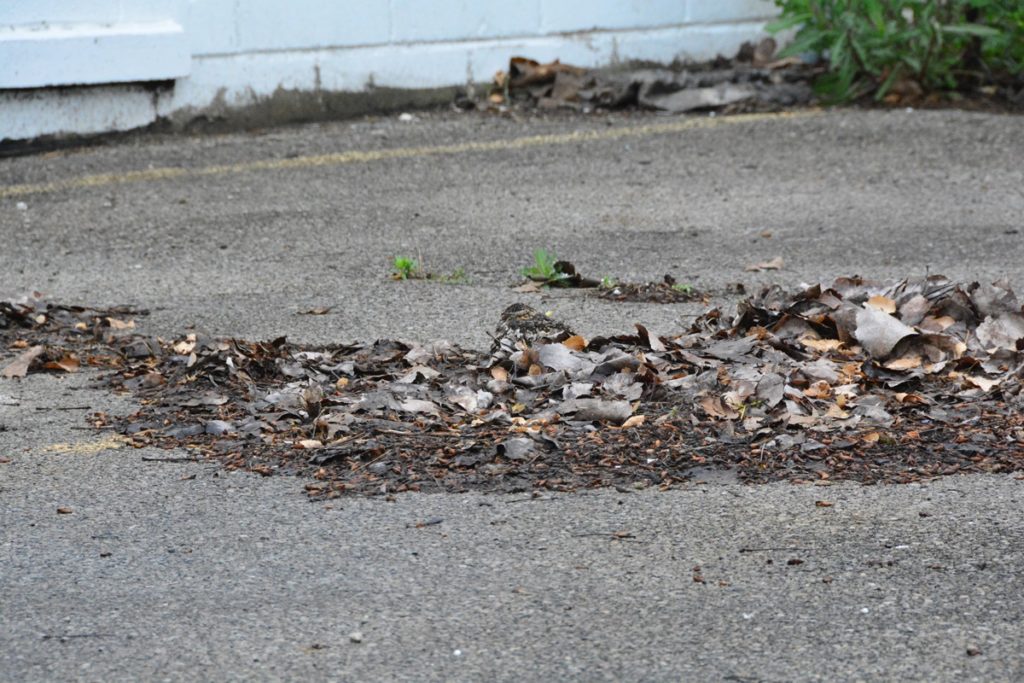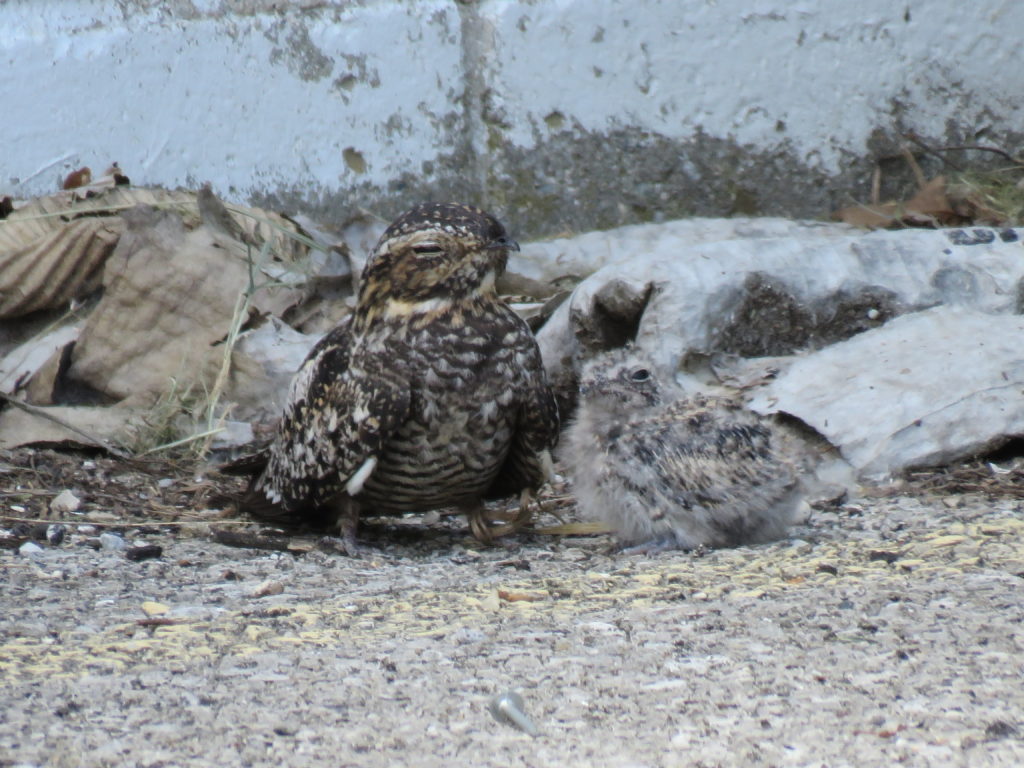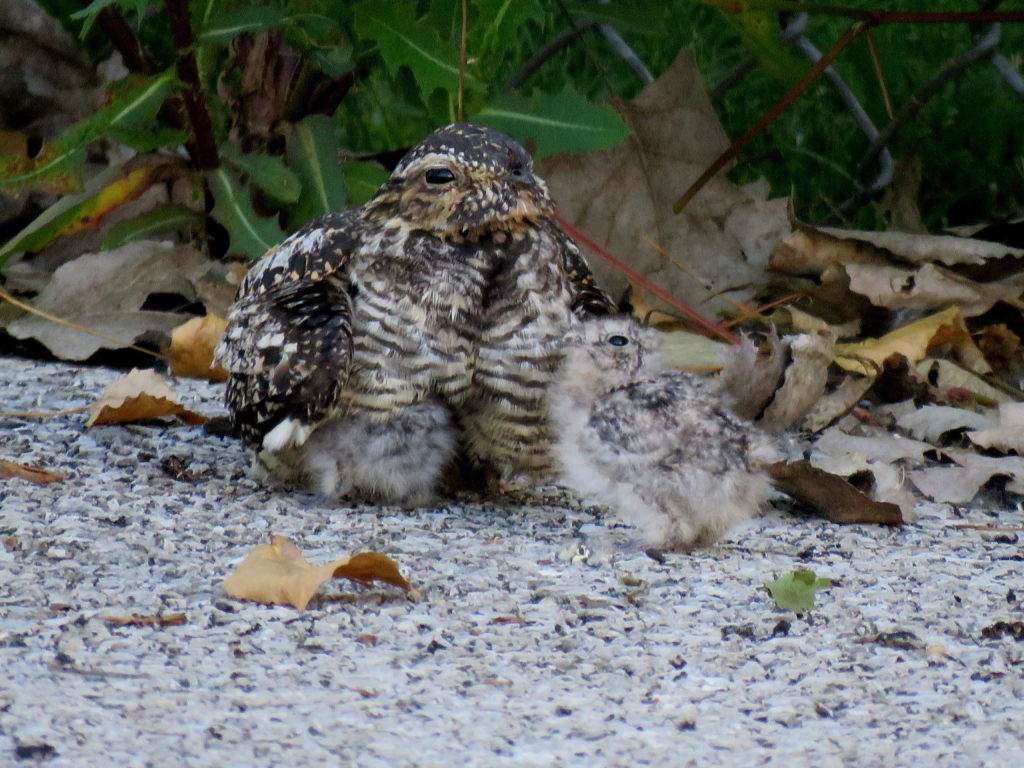Working in the garden in the summer can be a delightful experience when we pay attention to the sounds of the birds. It’s educational and entertaining to concentrate on birds sounds and look for the stories behind them. You’ll be surprised at what you can learn just by listening, finding joy in the process.
A Morning In the Garden: The Birdsong Begins!
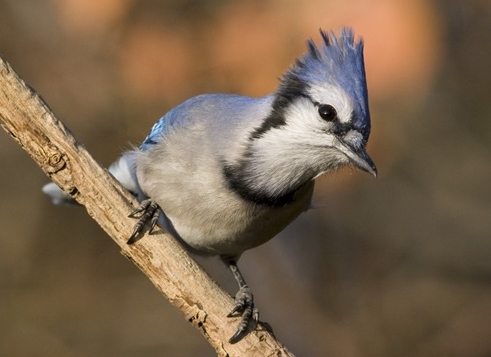
Blue Jay (Photo by John Graffius)
This morning I heard a conversation between a family of Blue Jays, murmuring to each other with a tone that reminded me of an interplay between The Three Stooges. They seemed to be comparing notes about where they would go to find food. Later, I heard the familiar “Jay! Jay!” Were they sounding the “jay alarm” for the good of the group, because of a threat of some kind? Or was this practice just a “fire drill”?
House Wrens are singing less compared to the constant song which announced their arrival back in May. It seems my neighborhood wren gives an earnest song just once or twice these days, and nothing more. Done nesting, there is no need to advertise territory.
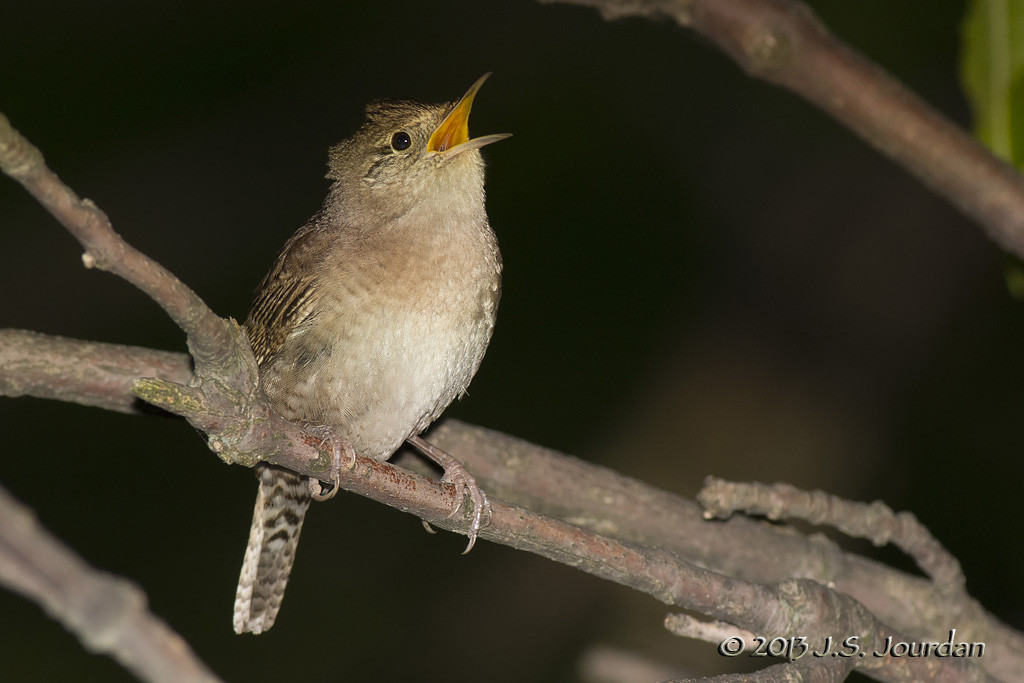
House Wren (Photo by Jerry Jourdan)
Afternoon Sounds
At this moment, the Robins are the most vocal. Two spot-breasted youngsters are incessantly reminding mom they are hungry. The young can be easily located by their shrill “peek” calls. Mom is quite silent as she searches continuously for food. This is very different from her morning routine. At daybreak, I hear her frantically repeating, “peek, peek, tut, tut.” She does not stop until both youngsters respond, a way to let her know they made it through the night.
Heard but not easily seen are my neighborhood Northern Flickers, White-breasted Nuthatches and Chickadees. All of them are making contact calls between adults and fledglings, giving clues as to where they are feeding. The nuthatches seem to be in the most constant contact – soft and repeated many times. Maybe this serves as encouragement to the young, that they are doing well finding the bugs they need.
The Northern Cardinal definitely has a second brood of young. How do I know? His song is constant in the neighborhood. He sings from perches in the yards that surround mine, as well as from two places in my yard. These singing points define his territory. When he is closest to the nest site, I can hear the female sing back to him from her place on the nest. Cardinals are one of the few bird species that engage in counter-singing between the pair.
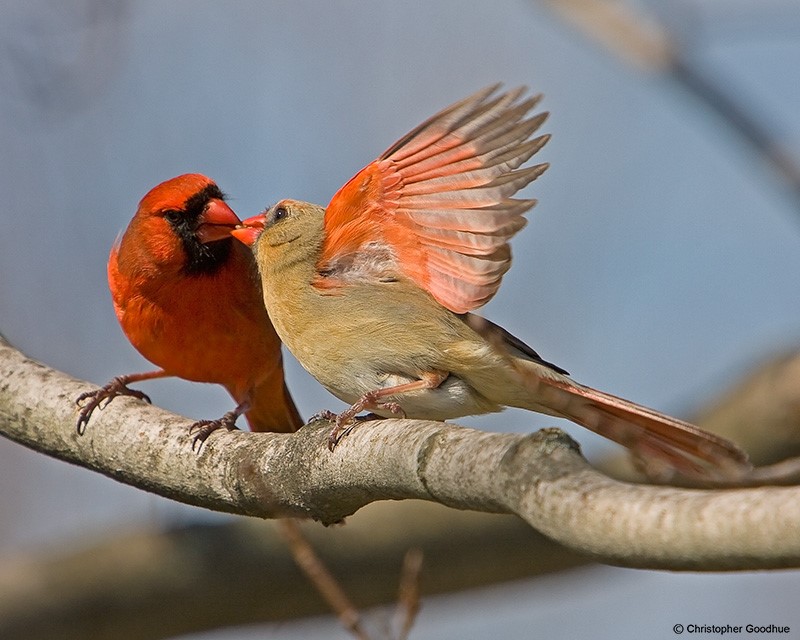
Male & Female Cardinals (Photo by Christopher Goodhue)
Song & Dance
American Goldfinches are in full-on breeding mode. A male makes his presence known, taking flight from the neighbors’ birch trees, singing “per chicory” over and over as he flies. His flight is undulating, a gentle loop up and down, singing continuously. I watch him define his territory, cutting diagonally across my yard, then over two yards, then across towards the fringe of Ferry Elementary property and back to the birch trees. This display is gently repeated about every fifteen minutes.
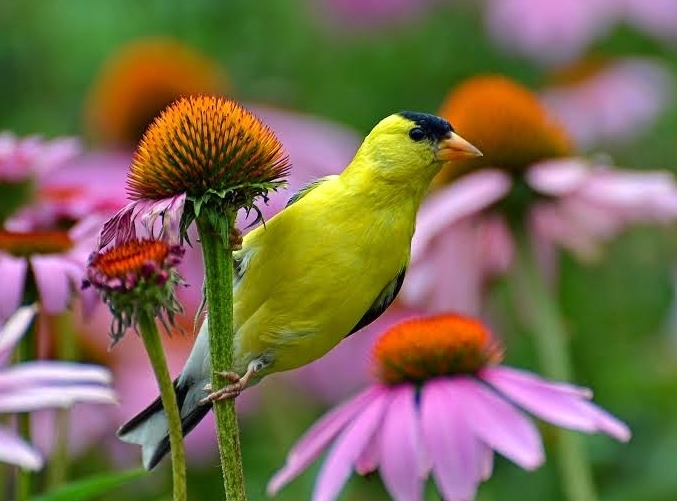
American Goldfinch (Photo by Rodney Campbell)
Bird Sounds at Dusk
High-pitched calls in the trees overhead give away the presence of Cedar Waxwings. If I watch the area where they are calling long enough, I will eventually see the family group leave in flight together, off to another feeding stop.
As evening approaches, I hear the familiar chatter of Chimney Swifts. Gladly, I take a break from the garden and look up, admiring the family group of six that are flying in unison. Soon after, I know I will hear the Common Nighthawk’s raspy display call, a sound I will dearly miss once they have migrated this fall.
Make your next venture into the yard an auditory experience – you may be amazed at the Joy that listening brings!
Enjoy your Birds!
Rosann Kovalcik, Owner
Wild Birds Unlimited
Grosse Pointe Woods
Have you joined our email list? Click here to sign up, it’s free and gives you access to sales, coupons, nature news, events, and more!

